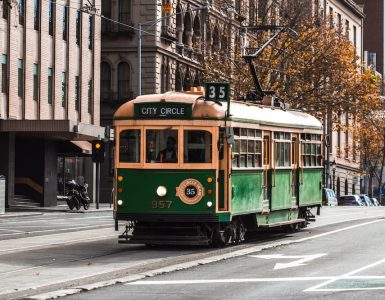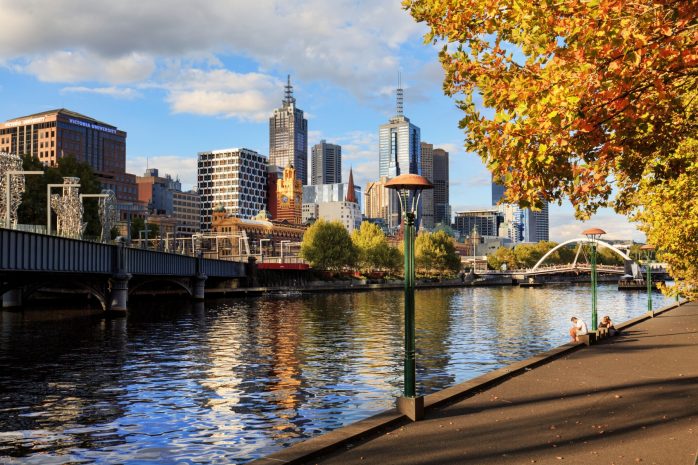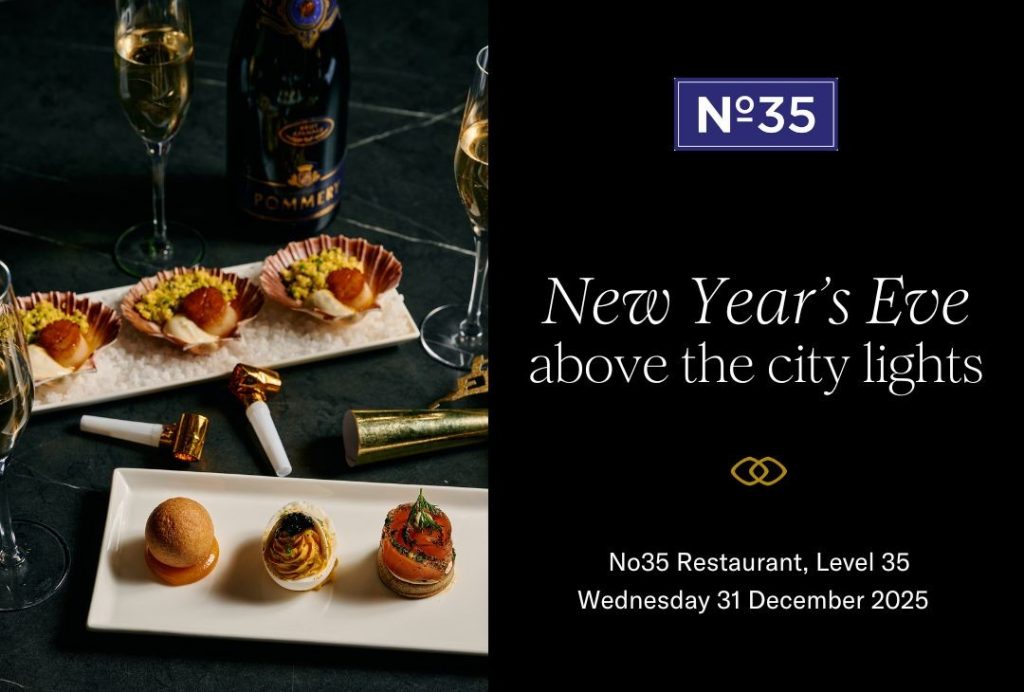INNOVATION FOR A GREENER, CLEANER CITY
Melbourne is known across the globe as a progressive city that’s jam packed with thought leaders rolling out great initiatives. One such thought leader is award-winning urban designer, Rob Adams – current City Architect and previously Director of City Design at the City of Melbourne. Adams led the revitalisation of Melbourne’s CBD and surrounds, helping to create a vibrant city streetscape with innovative design features. He guided many projects including Postcode 3000 (bringing redundant buildings into use, particularly for apartments in the city centre), the redevelopment of Swanston Street as a pedestrian-friendly street, the QV development and the creation of our much-loved riverfront park, Birrarung Marr.
Perhaps one of Adams’ most famous projects remains the Council House 2 (CH2) on Little Collins Street – the first purpose-built office building in Australia to achieve a maximum Six Green Star rating. With its passive heating and cooling, power generation and blackwater treatment – CH2 still holds fast to its celebrity status and remains a major draw card for international visitors.
The Shower Towers are one of many ground-breaking features in the CH2 building – tubes of lightweight fabric adorning the southern facade through which water is run, drawing air from high above street level and evaporatively cooling it as it falls. Other smart environmental strategies include bright yellow turbines designed to draw stale air out of the offices and provide fresh air into the building, cooling the undulating concrete thermal mass that separates the floors. The turbines perch alongside a shared roof garden, where staff can connect outside of the office space.
A greener city is a healthier city. CH2’s roof garden was an early addition to the urban greening of our CBD. As Melbourne becomes denser and more populated, incorporating green infrastructure serves more purpose than just providing beautiful, natural spaces for residents, visitors and workers – it creates a living, breathing city that is better for us all. Urban greening provides clean air and increases our resilience to the impacts of climate change by cooling our city and reducing the risks of flooding. Green spaces also increase biodiversity by attracting birds and insects. The City of Melbourne continues to work on a range of green initiatives and programs. Green infrastructure includes both natural and designed greening – from expanding our parks and gardens to creating green roofs, rain gardens and green laneways.
The City of Melbourne is dedicated to sustainability in all forms, with an aim of building efficient urban communities accessing affordable, renewable energy. The current Power Melbourne project will transform our fragmented energy infrastructure into a network of coordinated mid-scale batteries across the city. Creating a simple, renewable electricity offering will provide residents with fresh choice and support a move towards sustainable energy-generating technology. This flagship project enables Melbourne to realise its commitment to achieving net-zero emissions by 2040 for the entire municipality.
Prioritising renewable energy, creating buildings with maximum star ratings and an ever-growing oasis of green spaces – these are but some of the initiatives on the go in our city that continue to cement Melbourne’s reputation as a global centre for sustainable innovation.
More Reading:
Architecture In Melbourne
Greening The City
Sustainable Melbourne
Further reading
-
Read more
MOVING TOWARDS A MORE SUSTAINABLE...
To reduce plastic pollution, the Victorian Government is hoping for the ban of specific single-use plastics from sale or supply across the state from February 1st, 2023. This will see items such as straws, cutlery, plates,...

-
Read more
UPTOWN OR DOWNTOWN, GETTING AROUND...
For many a visitor, a trip to Melbourne means being based in the buzzing heart that's home to our fabulous museums, theatres, restaurants, bars and shops. Bus, train, Uber or on-foot – no matter how you choose to explore our city...



